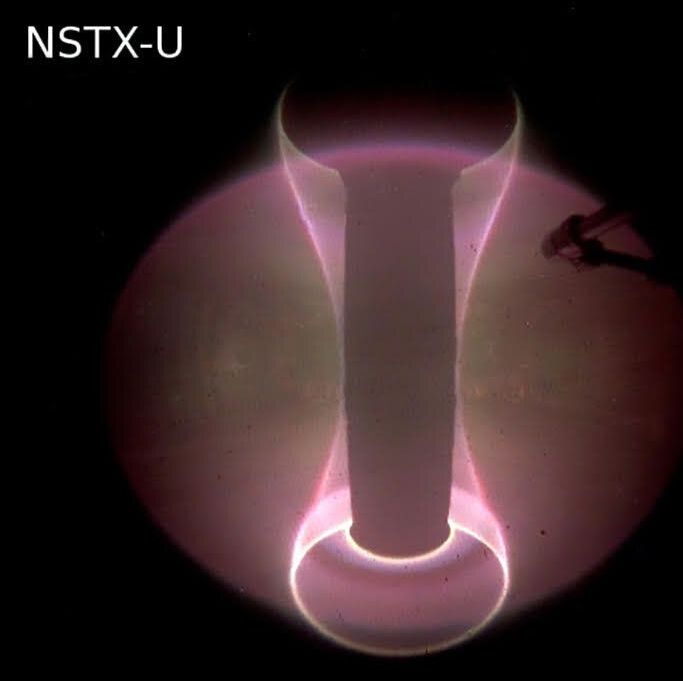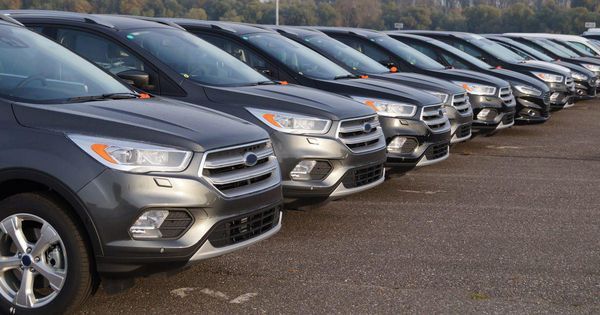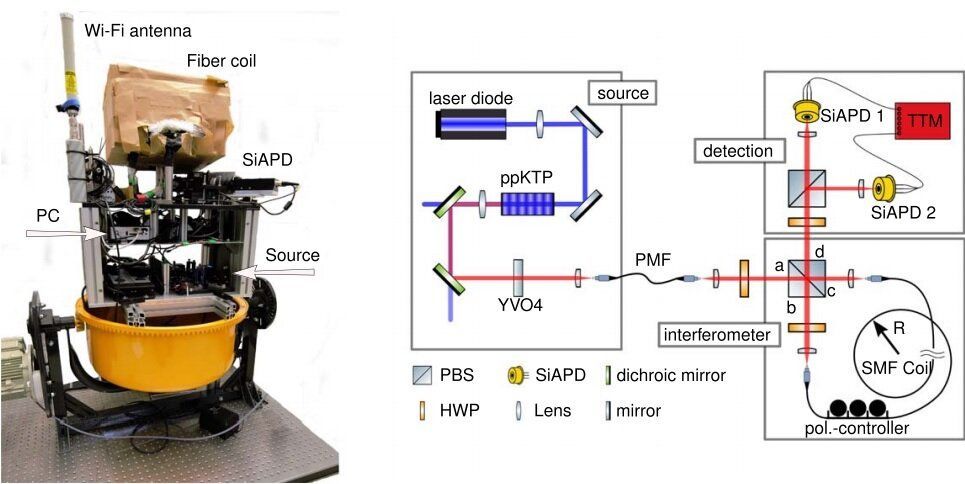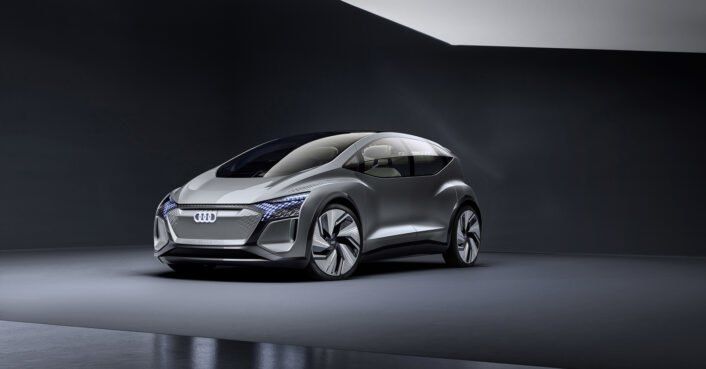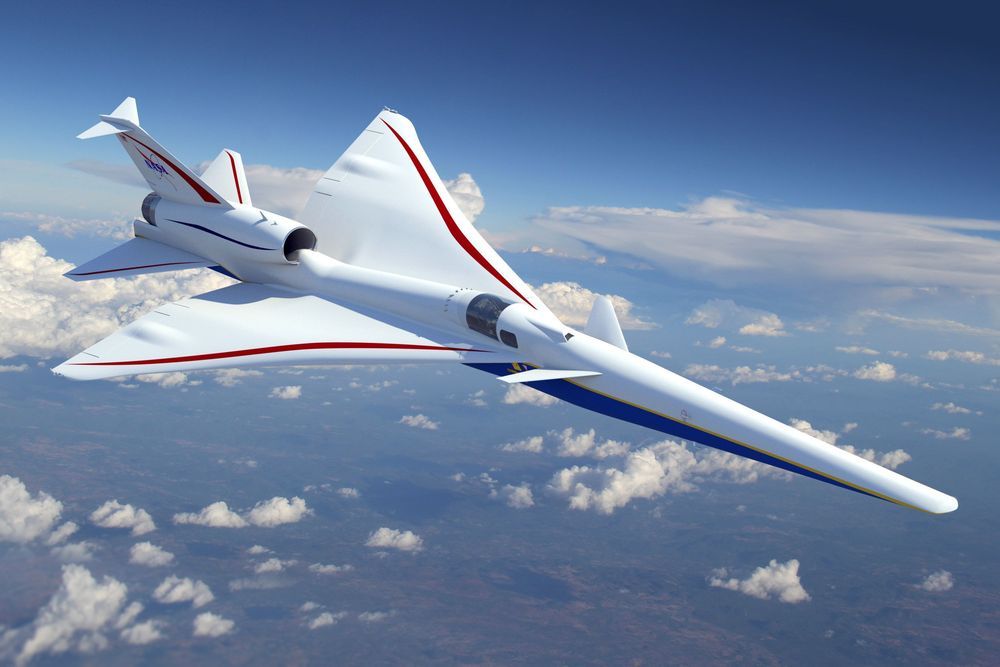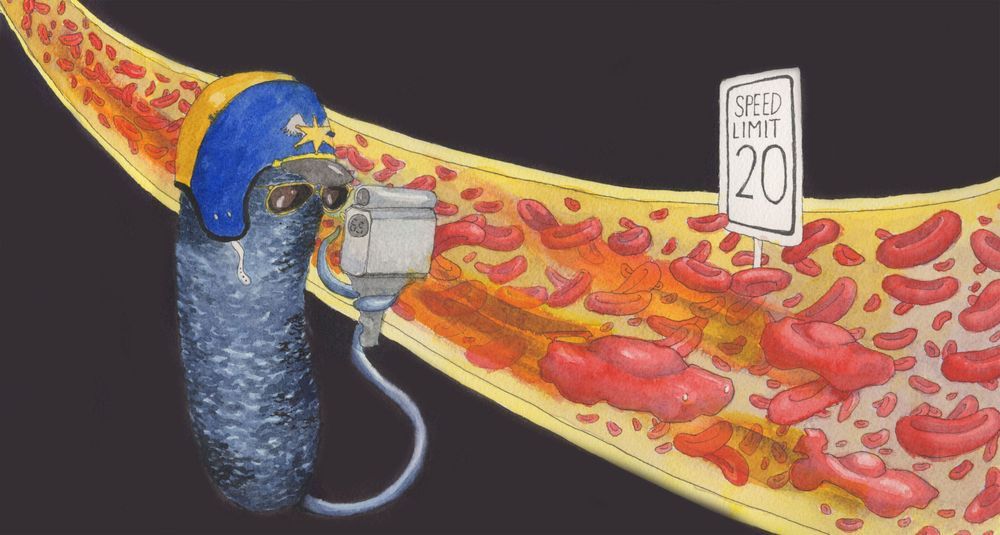Compared to the other preproduction electric aircraft we’ve seen so far, the Lilium Jet certainly stands out: it has an egg-shaped cabin perched on landing gear with a pair of parallel tilt-rotor wings. The wings are fitted with a total of 36 electric jet engines that tilt up for vertical takeoff and then shift forward for horizontal flight. There is no tail, rudder, propellers, or gearbox. When it’s complete, the Lilium Jet will have a range of 300 kilometers (186 miles) and a top speed of 300 km / hour (186 mph), the company says.
That’s much farther than many of its competitors are predicting of their electric aircraft. Remo Gerber, Lilium’s chief commercial officer, said this was due to the Jet’s fixed-wing design, which requires less than 10 percent of its maximum 2,000 horsepower during cruise flight.
“We are super excited,” Gerber said in an interview with The Verge. “The first flight went exactly how it was intended to be.”
